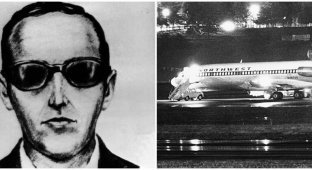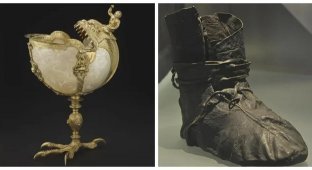An elevator shaft that appeared before the elevator itself (9 photos)
In 1859, the Foundation Building, the main building of Cooper Union, was completed in Lower Manhattan. It was a six-story Anglo-Italian mansion with massive arched windows. But its main feature was not its architecture. 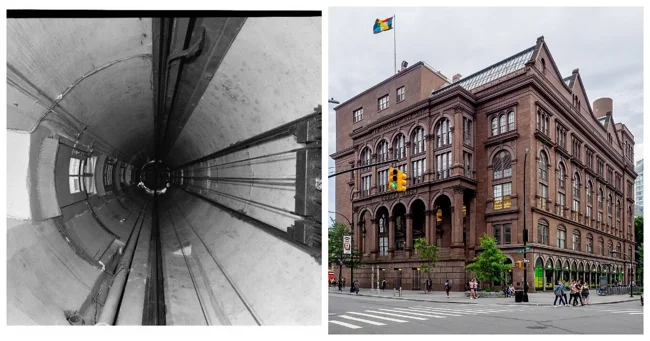
It was the first building in the world designed with an elevator shaft. This happened four years before passenger elevators were even available. 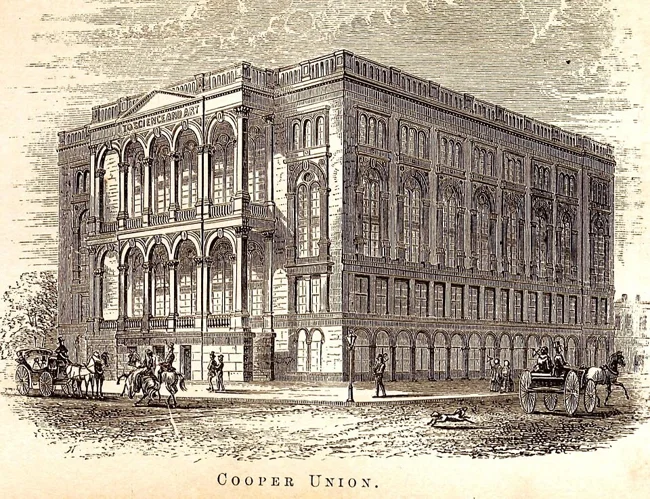
New York was growing tall at the time, and Peter Cooper, the founder of Cooper Union (one of the leading private universities in the United States), believed that people would soon need a way to get to the upper floors without stairs. And he was right: without elevators, skyscrapers would be impossible. Many architects guessed this, but Cooper, being an inventor himself, decided to act.
Elevator Shaft Without an Elevator 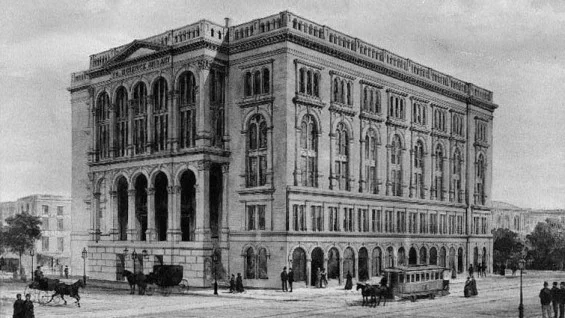
Foundation Building
Cooper commissioned architect Fred A. Petersen to design an empty vertical shaft the entire height of the building with doors on each floor. This might have seemed crazy to contemporaries, but Cooper was sure that sooner or later someone would invent a safe elevator. 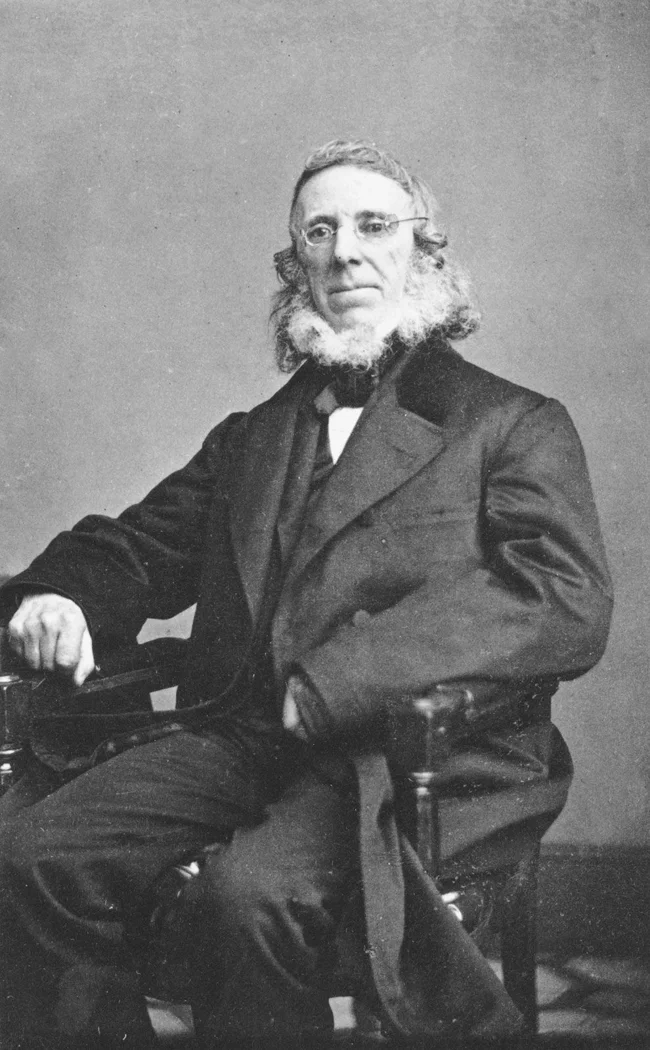
Peter Cooper - inventor, industrialist and philanthropist
He was not mistaken, but his calculations were not entirely accurate. Elevators had been around for a long time. They were used to lift cargo onto ships and to the upper floors of warehouses. The problem was safety: cables broke, winches broke, and cargo fell down. A mechanism was needed that would stop the cabin from falling if the cable broke. 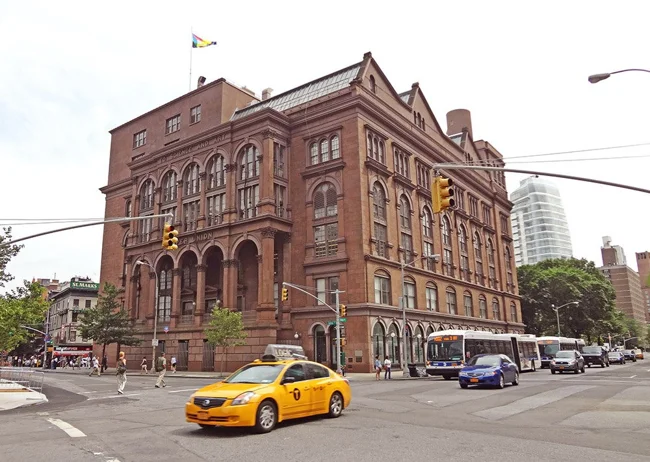
And in 1854 (a year after the Foundation Building was laid), Elisha Otis gave a spectacular demonstration at the Industrial Exposition in New York.
Otis rode up the platform along the guide rails in front of the spectators. When it reached its maximum height, he cut the cable with an ax. The crowd gasped, but the platform only fell a few centimeters and then stopped. 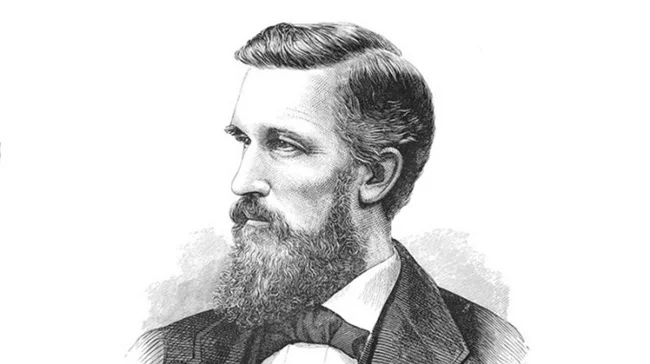
Elisha Graves Otis - American inventor of the safety elevator (a system for holding an elevator in a shaft when the rope breaks)
Otis calmed the public, convinced everyone of absolute safety and explained how his emergency brakes work. After that, orders for freight elevators poured in like water from a horn of plenty.
Round shaft and rectangular elevator 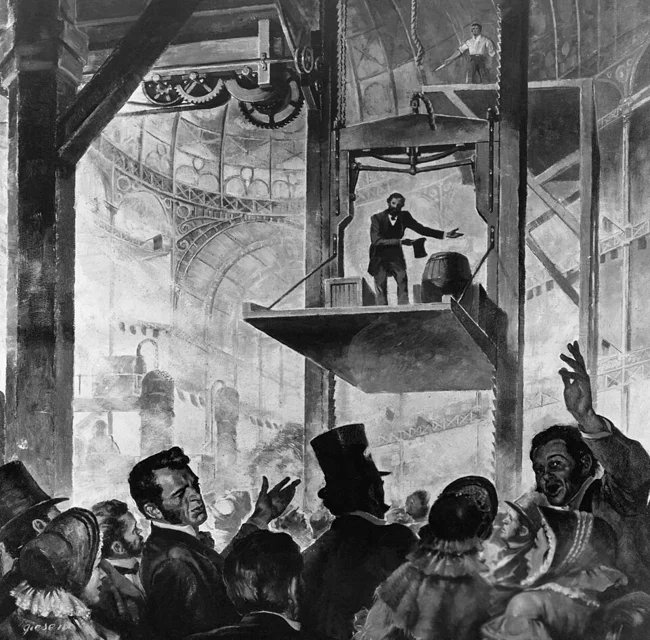
Elisha Otis demonstrating his mechanism to prevent free fall, 1854
Although Cooper's prediction came true very quickly, he got the shape wrong. His shaft was round. He believed that this would achieve maximum load capacity. But Otis' elevators were rectangular. 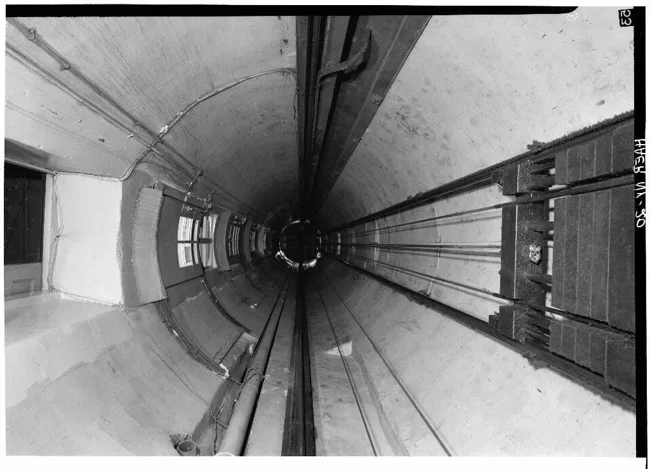
A view of the Cooper Union Building's circular elevator shaft
Because of this, the Cooper Union did not become the first building with a passenger elevator. That was the Haughwout Building on Broadway, where the world's first elevator for people began operating on March 23, 1857.
The situation was saved by Cooper's son, Edward, who designed a circular steam elevator specifically for his father's shaft. It worked for 40 years until it was replaced by an elevator from Otis. 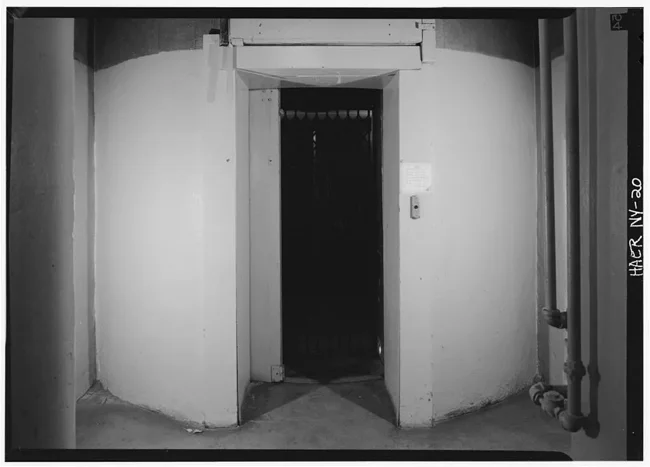
Round Elevator
It wasn't until 1972 that architect John Hejduk finally created a perfectly round cabin that fit into the historic shaft. And the Cooper Union building went down in history as an example of how faith in progress outpaces technology.

















